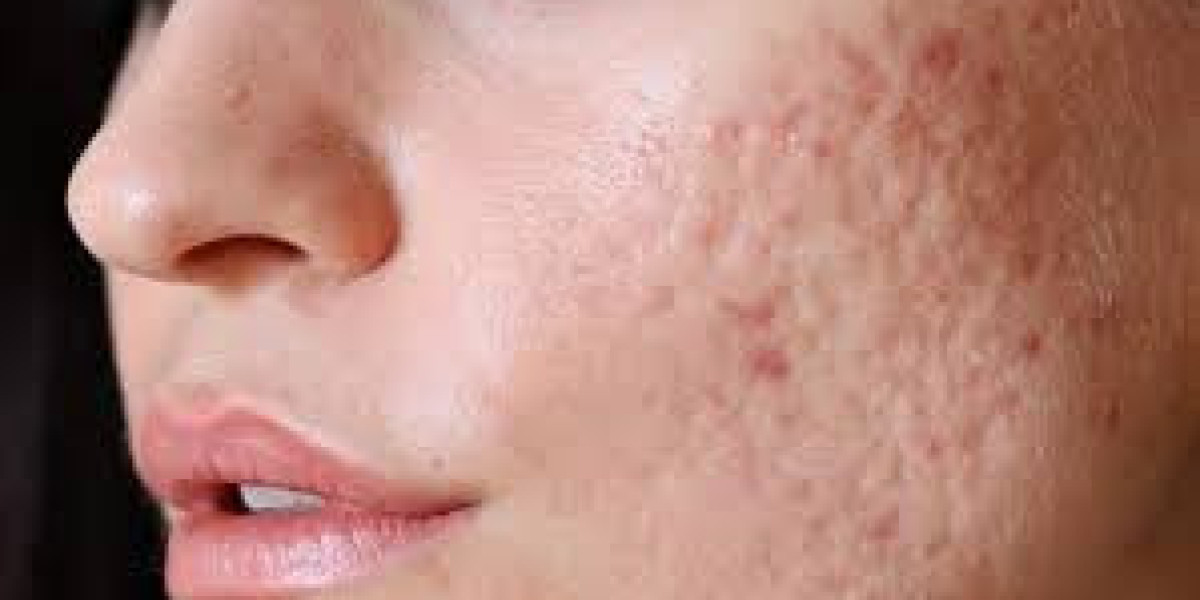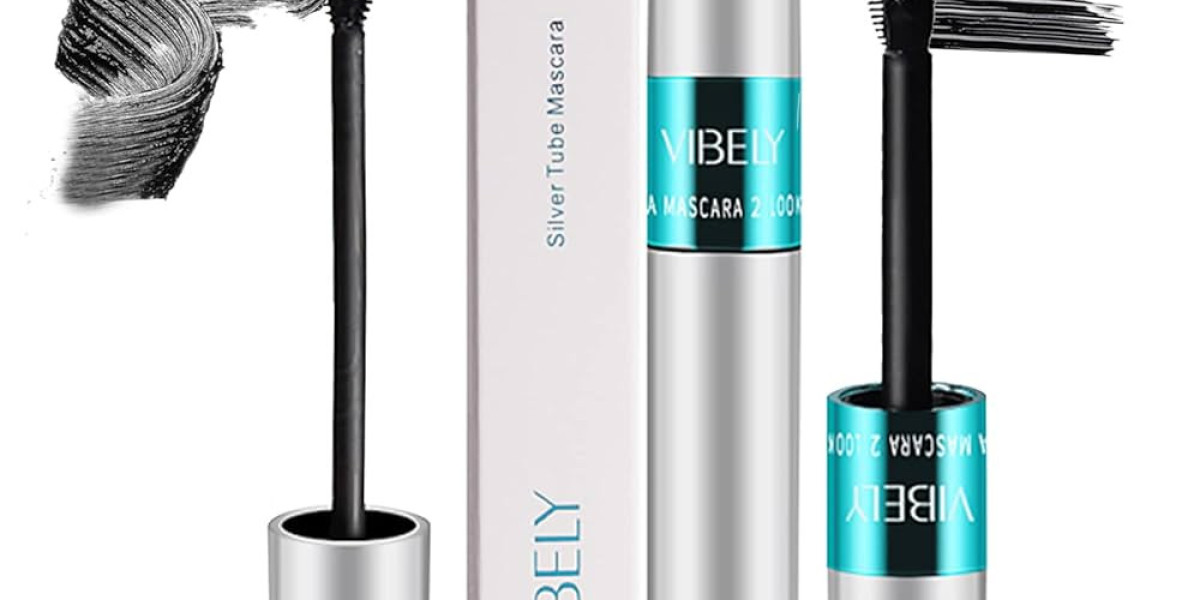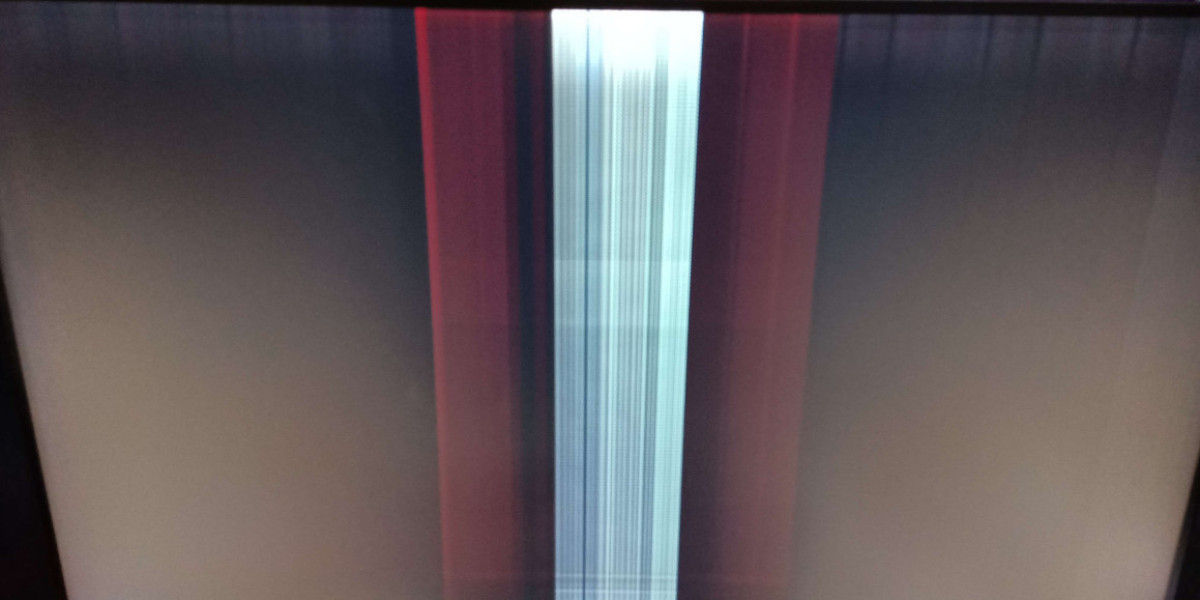Acne is a common skin condition that affects millions of people, particularly teenagers and young adults. While acne itself can be frustrating, for many individuals, the aftermath—acne scarring—can be even more challenging to cope with. Acne scars are often left behind after acne lesions heal, leaving deep marks or indentations on the skin. These scars can affect a person's appearance and self-esteem, leading many to seek effective treatments to improve the texture and appearance of their skin. One of the most popular and effective methods to treat acne scarring is laser treatment.
In this detailed guide, we will explore everything you need to know about acne scarring laser treatments, from understanding how they work to the different types of laser treatments available, their benefits, side effects, and what to expect during the treatment process.
What Are Acne Scars?
Acne scars are the result of the skin's natural healing process after an acne breakout. When acne pimples or cysts form, they can cause damage to the skin’s surface. As the body heals, the tissue beneath the skin may not regenerate properly, leading to scars. Acne scars can take several forms, including:
1. Ice Pick Scars
Ice pick scars are deep, narrow indentations that resemble tiny puncture marks. These scars are often the result of severe acne cysts that caused deep tissue damage.
2. Boxcar Scars
Boxcar scars are round or oval-shaped depressions with sharply defined edges. These scars are typically wider than ice pick scars and have a more angular shape.
3. Rolling Scars
Rolling scars are wide depressions with a gentle, sloping edge. These scars are often the result of damaged tissue beneath the skin’s surface, causing the skin to sag and form uneven contours.
4. Hypertrophic Scars
Hypertrophic scars are raised, thickened scars that occur when the body produces too much collagen during the healing process. These scars are often red or darker in color and can be more noticeable.
5. Keloid Scars
Keloid scars are a type of hypertrophic scar but extend beyond the original wound site. They are often raised, thick, and can be painful or itchy. Keloid scars are more common in individuals with darker skin tones.
What Is Acne Scarring Laser Treatment?
Acne scarring laser treatment is a non-invasive procedure that uses focused light energy to target and treat acne scars. The goal of laser treatment is to reduce the appearance of scars by stimulating collagen production, resurfacing the skin, and improving the texture and tone of the skin. There are different types of lasers used in acne scar treatment, each designed to address specific types of scarring and skin concerns.
Laser treatment works by either removing the outer layer of damaged skin or by stimulating deeper layers of the skin to promote healing. The result is smoother, more even skin with a reduction in the visibility of scars.
Types of Laser Treatments for Acne Scarring
There are several types of laser treatments available for acne scarring, each with its own benefits, effectiveness, and recovery time. The choice of laser treatment will depend on the type and severity of the acne scars as well as the patient’s skin type and individual needs.
1. Fractional CO2 Laser
The fractional CO2 laser is one of the most effective treatments for acne scars. This ablative laser removes damaged skin tissue while stimulating the production of new collagen beneath the skin. It targets both the surface of the skin and the deeper layers, making it suitable for more severe scars, such as ice pick and boxcar scars.
Benefits:
Effective for deep scars and uneven skin texture
Stimulates collagen production for long-term improvement
Provides noticeable results after a few sessions
Recovery:
Downtime of 5-7 days with redness and peeling
Full recovery within 1-2 weeks
2. Fractional Erbium YAG Laser
The fractional erbium YAG laser is a non-ablative laser that is less aggressive than the CO2 laser. It works by resurfacing the skin and promoting collagen production without causing significant damage to the surface layer. This laser is ideal for treating more superficial acne scars, such as rolling scars.
Benefits:
Minimal downtime and recovery
Suitable for individuals with sensitive skin
Reduces redness and irritation
Recovery:
Minimal downtime (1-3 days)
Redness and swelling may last for a few hours to a day
3. Pulsed Dye Laser (PDL)
The pulsed dye laser is a non-ablative laser that targets blood vessels and reduces redness and discoloration caused by acne scars. This laser is often used for individuals with hypertrophic or keloid scars, as it helps reduce inflammation and promotes healing.
Benefits:
Ideal for reducing redness and pigmentation in scars
Suitable for individuals with sensitive or darker skin
Quick treatment with minimal discomfort
Recovery:
Little to no downtime
Redness may persist for a few hours after treatment
4. Nd:YAG Laser
The Nd:YAG laser is a non-ablative laser that penetrates deep into the skin to stimulate collagen production. This laser is effective for improving skin texture, reducing pigmentation, and treating moderate to severe acne scars, including hypertrophic scars.
Benefits:
Targets deeper layers of skin to promote collagen regeneration
Suitable for individuals with darker skin tones
Minimal downtime
Recovery:
Little to no downtime
Mild redness and swelling for 1-2 days
5. Intense Pulsed Light (IPL)
Intense pulsed light (IPL) is a treatment that uses broad-spectrum light to target acne scars. IPL is not a laser but works similarly by emitting light that penetrates the skin to promote healing and reduce pigmentation. IPL is often used for shallow acne scars and can also help with pigmentation issues like redness or dark spots.
Benefits:
Non-invasive with no downtime
Targets redness and pigmentation
Suitable for superficial scars and overall skin tone improvement
Recovery:
No downtime
Mild redness or swelling may last for a few hours
How Does Acne Scarring Laser Treatment Work?
Laser treatments for acne scarring generally work by either resurfacing the skin (ablative lasers) or stimulating collagen production beneath the skin (non-ablative lasers). Here's how these treatments work:
1. Resurfacing the Skin (Ablative Lasers)
Ablative lasers remove the outermost layers of the skin, where acne scars are located. The laser energy breaks down damaged tissue and stimulates the growth of healthy, new skin cells. The healing process also promotes collagen production, which helps improve the texture and firmness of the skin.
2. Stimulation of Collagen Production (Non-Ablative Lasers)
Non-ablative lasers work beneath the skin’s surface to stimulate the skin’s collagen-producing cells. This treatment doesn’t remove the skin’s surface but instead encourages the skin to regenerate from within, improving the appearance of scars over time.
Benefits of Acne Scarring Laser Treatment
1. Reduced Appearance of Acne Scars
Laser treatments are highly effective in reducing the visibility of acne scars. Whether the scars are deep or superficial, laser therapy can smooth out the skin, making scars less noticeable.
2. Improved Skin Texture
Laser treatments stimulate collagen production, which helps improve the skin’s texture and tone. This leads to smoother, firmer skin with a more even appearance.
3. Minimal Downtime
Unlike traditional surgical treatments or dermal procedures, many laser treatments have minimal downtime. Non-ablative lasers, in particular, require little to no recovery time, allowing individuals to return to their normal activities quickly.
4. Long-Lasting Results
Laser treatments for acne scarring provide long-lasting results. While multiple sessions may be required for optimal results, once the scars improve, the effects tend to be permanent.
5. Safe for Most Skin Types
Most modern lasers are safe for all skin types, though darker skin tones may need special considerations to avoid hyperpigmentation. Consult with a dermatologist to ensure the best treatment option for your skin.
Risks and Side Effects of Acne Scarring Laser Treatment
While laser treatments are generally safe, there are some risks and side effects to be aware of, including:
1. Redness and Swelling
After the treatment, it’s common to experience some redness, swelling, or irritation. This usually resolves within a few days.
2. Hyperpigmentation or Hypopigmentation
In rare cases, laser treatment can lead to hyperpigmentation (darkening of the skin) or hypopigmentation (lightening of the skin), especially in individuals with darker skin tones. Using a professional with experience in treating all skin types can help mitigate this risk.
3. Scarring
Though rare, improper use of laser treatments or aftercare may result in new scarring. Following the post-treatment care instructions is crucial to minimize this risk.
4. Infection
Like any procedure that affects the skin’s surface, there is a small risk of infection. Keeping the treated area clean and avoiding sun exposure can help prevent infection.
What to Expect During the Treatment
Before beginning any laser treatment, a consultation with a dermatologist or licensed professional is necessary to determine the most appropriate treatment for your acne scars. During the treatment session, the following steps typically occur:
Preparation: The area to be treated is cleansed, and a topical anesthetic may be applied to numb the skin.
Laser Treatment: The laser is applied to the affected areas. Depending on the type of laser, you may feel mild discomfort, such as a snapping sensation or heat on the skin.
Post-Treatment Care: After the treatment, you may be advised to avoid sun exposure and use soothing creams or gels to aid in healing. It's essential to follow all aftercare instructions to ensure the best results.
Conclusion
Acne scarring laser treatment offers a highly effective and minimally invasive option for improving the appearance of acne scars. Whether you have deep scars or mild discoloration, lasers can help restore your skin's smooth texture and even tone. By promoting collagen production and resurfacing the skin, laser treatments reduce the visibility of scars and provide long-lasting results.
If you are struggling with acne scars and are considering laser treatment, it's important to consult with a qualified dermatologist who can guide you in selecting the right type of laser for your skin type and specific scarring needs. With proper care and multiple treatment sessions, you can achieve clearer, more youthful skin that boosts your confidence and appearance.








